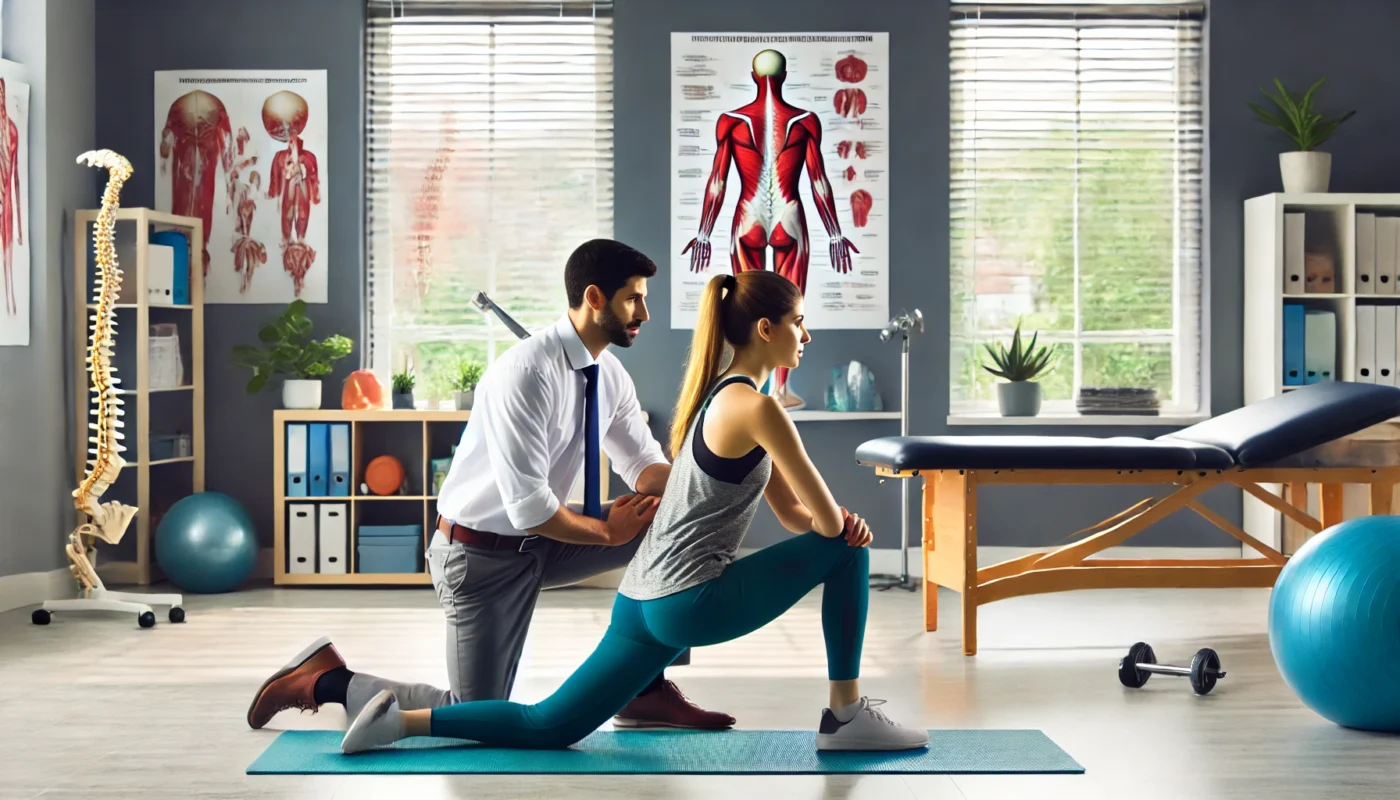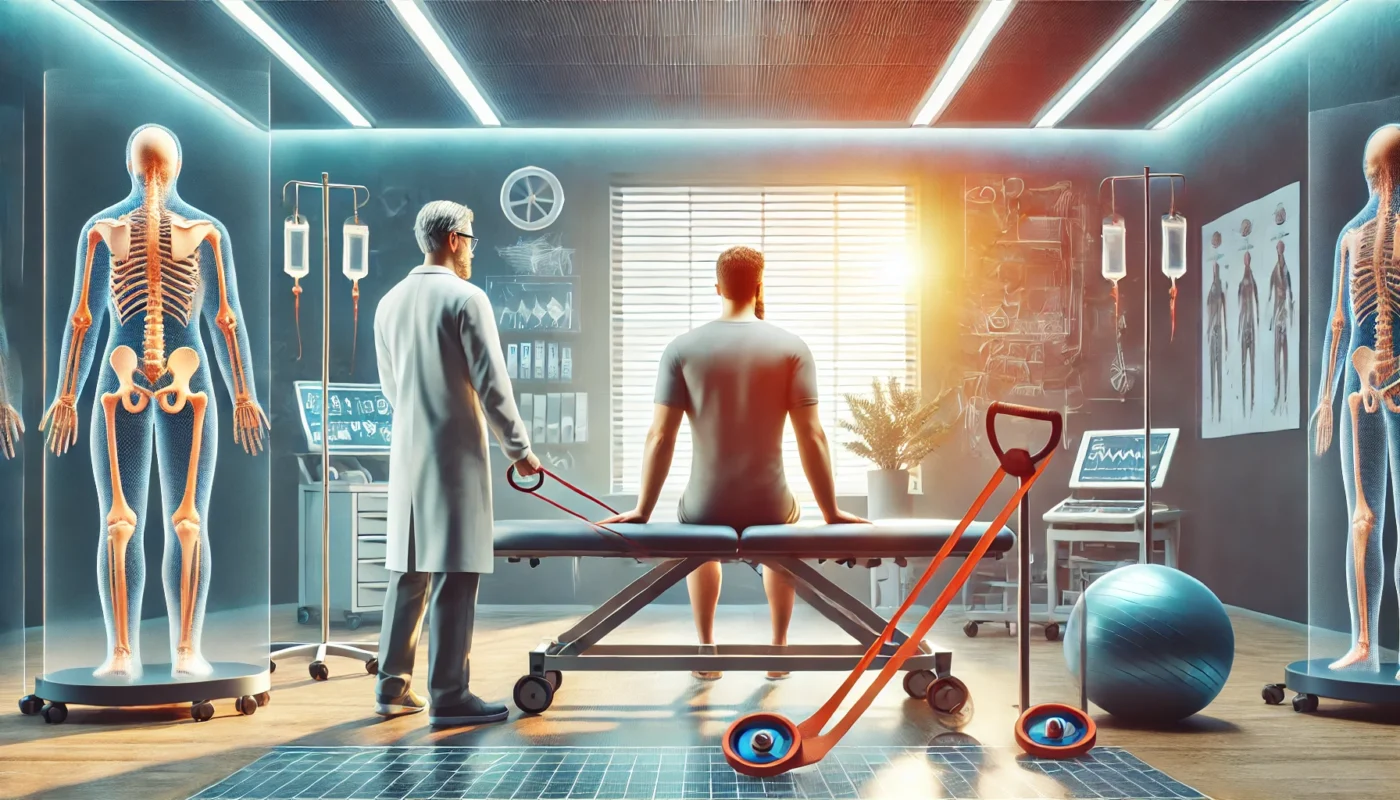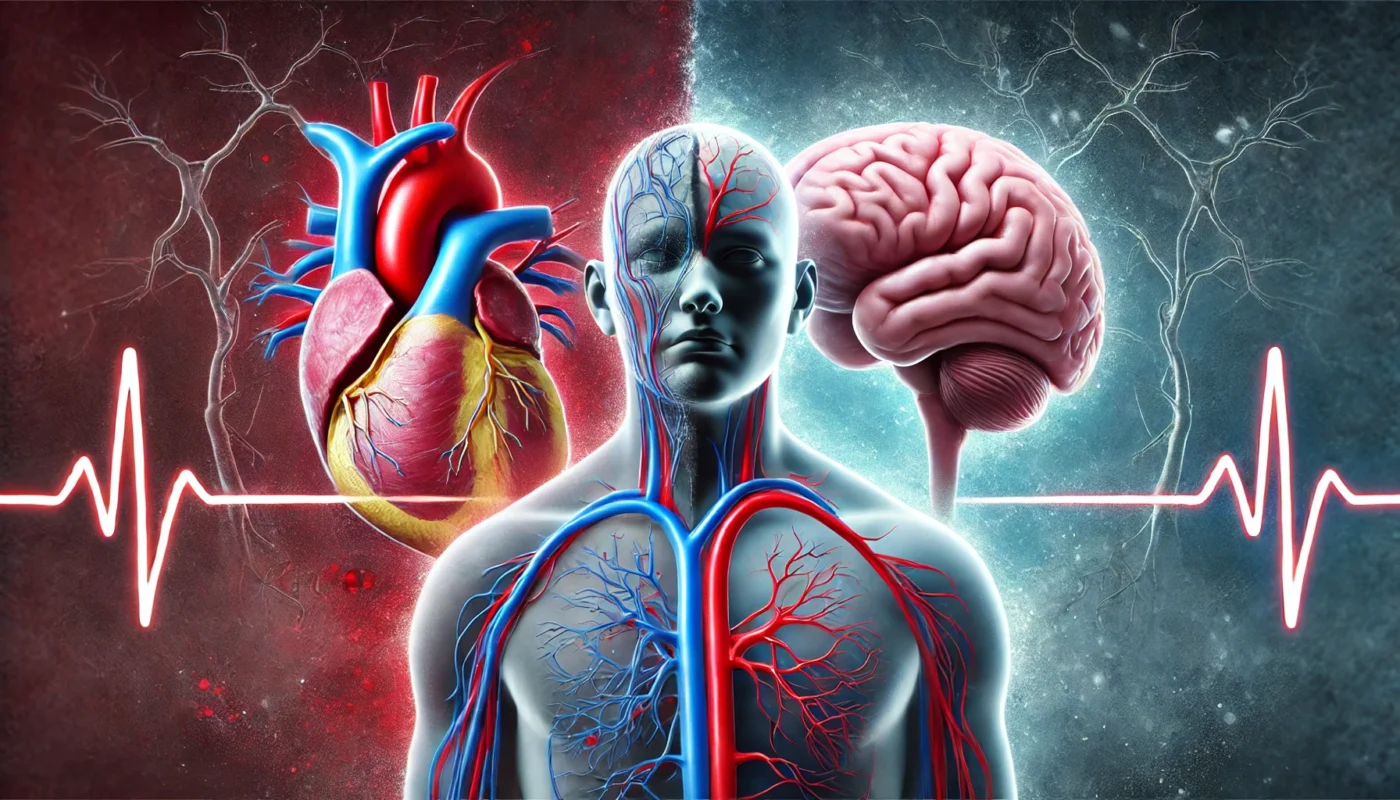Back pain can stem from a variety of causes, including muscle strain, spinal misalignments, or more serious conditions such as herniated discs or osteoarthritis. Understanding the underlying cause of your back pain is vital in selecting the appropriate healthcare provider. For instance, a muscle strain may be effectively treated by a physical therapist, while a herniated disc might require the expertise of an orthopedic specialist or a neurologist.
Tag Archives: Holistic Care
CRPS is characterized by persistent and severe pain that typically affects one limb, such as an arm, leg, hand, or foot. It usually develops after an injury, surgery, stroke, or heart attack. Despite extensive research, the exact mechanisms behind CRPS are still unclear, which makes it a challenging condition to treat effectively. The pain associated with CRPS is often disproportionate to the initial injury, and patients may experience symptoms like changes in skin color and temperature, swelling, and abnormal sweating.
Arthritis can be a challenging condition to live with. It often brings pain, stiffness, and reduced mobility.
For many, finding effective ways to manage these symptoms is crucial. One method that has gained popularity is the use of heating pads.
But why are heating pads beneficial for arthritis?
This article aims to answer that question. We’ll delve into the science behind heat therapy and its impact on arthritis symptoms.
We’ll also provide practical advice on how to use heating pads effectively. By the end, you’ll have a comprehensive understanding of this simple yet powerful tool in managing arthritis.
So, whether you’re a fitness enthusiast, a health enthusiast, or a medical patient dealing with arthritis, this guide is for you. Let’s explore the benefits of using heating pads for arthritis together.
Hypertension, or high blood pressure, affects nearly half of adults worldwide and is a leading risk factor for heart disease, stroke, and kidney failure. While physical factors such as obesity, poor diet, and lack of exercise are well-recognized contributors, the psychological components of hypertension are often overlooked. Chronic stress, anxiety, and unhealthy thought patterns can significantly impact blood pressure regulation, making mental health an integral aspect of hypertension management. Cognitive Behavioral Therapy (CBT), a structured and evidence-based psychotherapeutic approach, offers tools to address these psychological factors, empowering individuals to gain better control over their blood pressure. This article explores the role of CBT in hypertension management, its mechanisms, and how it complements traditional treatments.
Hypertension, or high blood pressure, is a chronic condition that affects nearly half of all adults globally, according to the World Health Organization (WHO). It is a major risk factor for cardiovascular diseases, kidney damage, and stroke. While hypertension is traditionally associated with physical health concerns, emerging evidence highlights its significant connection to mental health, particularly depression. Depression, a common mood disorder characterized by persistent feelings of sadness and loss of interest, often coexists with hypertension, creating a bidirectional relationship that complicates the management of both conditions. This article explores the links between hypertension and depression, the mechanisms that drive their interplay, and strategies for addressing this often-overlooked connection.





